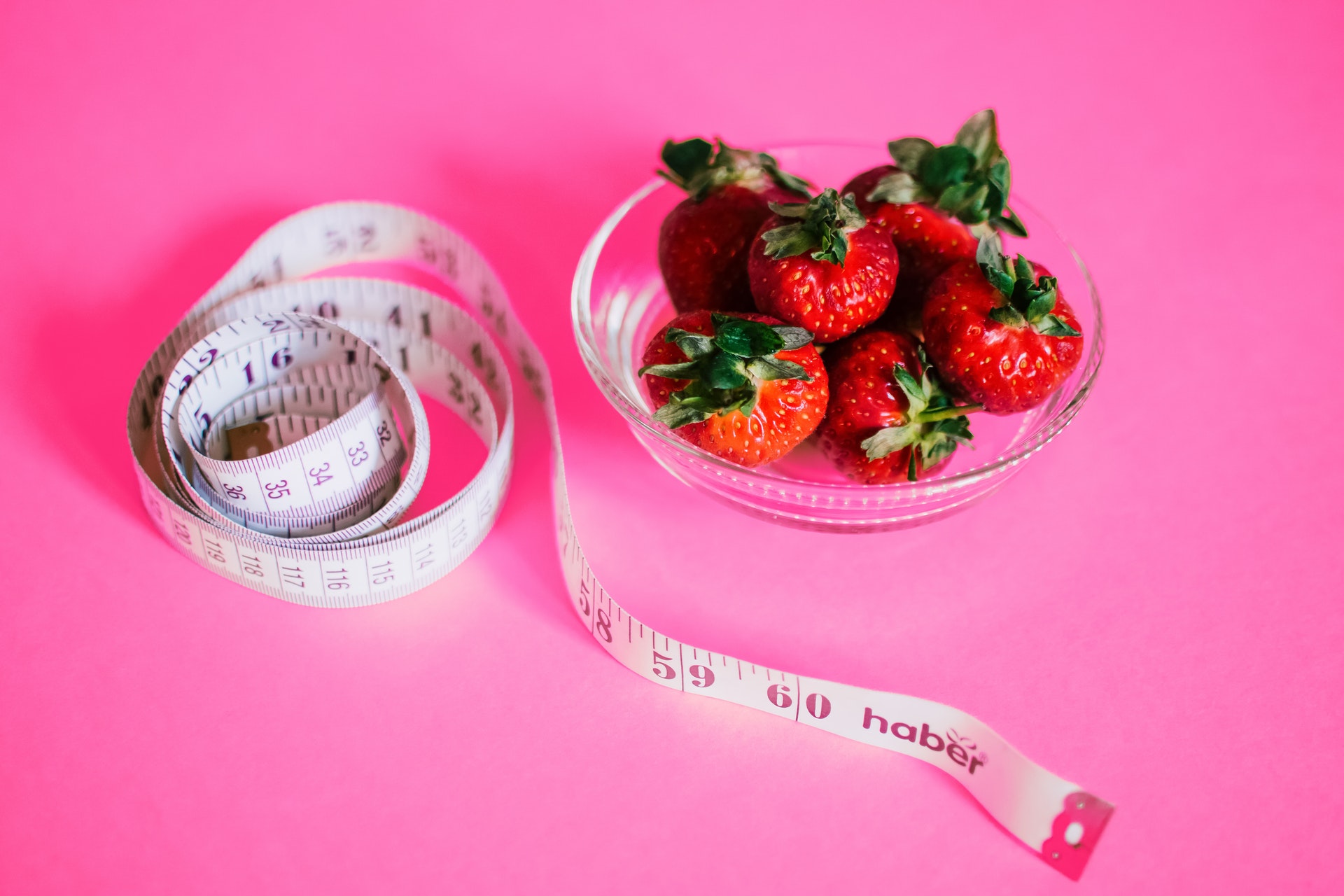The ketogenic diet has many wonderful benefits and is a real miracle weapon in many different areas. However, the transition to Keto diet can be a small challenge. And I‘m sure you’re wondering: “How do I start Keto?” when you’re completely new to the field. Don‘t worry, we’re here for you and show you how to get into ketosis!
Below are the most important tips for getting started with keto diet:
Before you start, be aware that it initially means a lot of will and discipline. Your body is used to carbohydrate metabolism and even if the ketosis itself is the more optimal metabolism of both, it has to get used to it again. While babies are born in ketosis, over the years the body may forget to use fat as the primary source of energy when carbohydrates are the primary source of energy for a very long time.
For the changeover, your body takes a few days, up to two weeks. At this time, it is particularly important that you pay close attention to what you eat.
Your body will switch to ketone as fuel as soon as it does not have enough glucose for metabolism. Therefore, it is very important that you empty your memory as soon as possible.
Your body depends on an energy source, whether glucose or ketone body, if it has neither one nor the other sufficiently available, you simply have no energy.
In other words, in the transition phase, you’ll feel a little slack. But there are a few tricks you can use to make the transition more pleasant.
Banish all carbohydrate and sugar-containing foods from your home
Banish everything from the house that doesn’t help you in your diet changeover! If there is nothing that can tempt you, it will be easier for you to resist your desires. In addition to the obvious sugar, this also means agave juice, honey, maple syrup, and others. In Keto, only erythrite and pure stevia are recommended, sweeteners.
Equip your kitchen with healthy and low-carbohydrate products
After you cut out the unhealthy food, you‘ll find that your kitchen is pretty empty now, isn’t it? You shouldn’t starve, so replace them with healthy, low carbohydrate foods. A great list of suitable keto diet foods can be found at HERE.
Start on a weekend or on your holiday
As already mentioned, the changeover is not entirely without. Even sugar withdrawal is not to be despised. The first days you won’t be as powerful as normal. Therefore, it does not make sense to start on a stressful working day. Take your time, read in and above all: cook fresh and delicious food so you can get a better start into your new life!
Your body needs to get used to the new type of energy source, after all, for years you have given it carbohydrates as a source of energy. If you have lived ketosis for a long time, you will be able to stay in ketosis despite a higher amount of carbohydrates (i.e. 30, 40, or 50 g). However, this is not the case in the changeover phase. Therefore, in the first weeks, it is not recommended to come over 20 g of carbohydrates per day. Track your food, because 20 g is reached faster than you think. A good way to find HERE.
Take enough fluid to you
Drinking a lot is a tried and tested tip and is also to be used here. In addition to water, you can also drink unsweetened herbal teas. Fruit teas are not so suitable for the beginning, as they contain relatively many carbohydrates. Fruit tea with 0.6 g carbohydrates per 100 ml already brings 6 g of carbohydrates in one liter, i.e. 1/3 of your daily amount of carbohydrates! With a ketogenic diet, the body also needs more good salt, so a salty bone broth or a freshly prepared vegetable broth is highly recommended.
Eat enough low carbohydrate vegetables, a lot of healthy fat and moderately many proteins
Vegetables
With enough vegetables, I mean that at least half of your portion should be made of vegetables. Vegetables with a low starch content are particularly suitable for this purpose. These include: Leaf salad, cucumbers, zucchini, avocados, broccoli, cauliflower, mushrooms and many more.
Fats
Fat is your source of energy from now on, so eat enough of it. 70 % of your daily energy intake should come from healthy fats! But beware: Fat is not equal to fat. The best fats are butter and ghee from pasture milk, native organic coconut oil, MCT oil and avocados. A high-quality virgin olive oil is a good choice.
Proteins
Eat a moderate amount of proteins, about 25 % of your daily energy intake should come from proteins, e.g. meat, fish or eggs. Quality plays an important role in this. Avoid meat and eggs from mass livestock and aquaculture fish. Prefer to go to organic free-range eggs, meat from grazing, or fish from a home catch. “You are what you eat,” which applies not only to you but also to your food. Poorly fed, sick animals will not become superfoods in any magical process!
If you still ask yourself: “How do I start with Keto diet?” and you want an accompanied introduction to ketogenic nutrition, then our free 28-day challenge is just right for you.
In 28 days we’ll show you how the Keto works and bring you to ketosis! You get all the knowledge about the ketogenic diet and over 500+ ketogenic recipes! And this is FREE!



